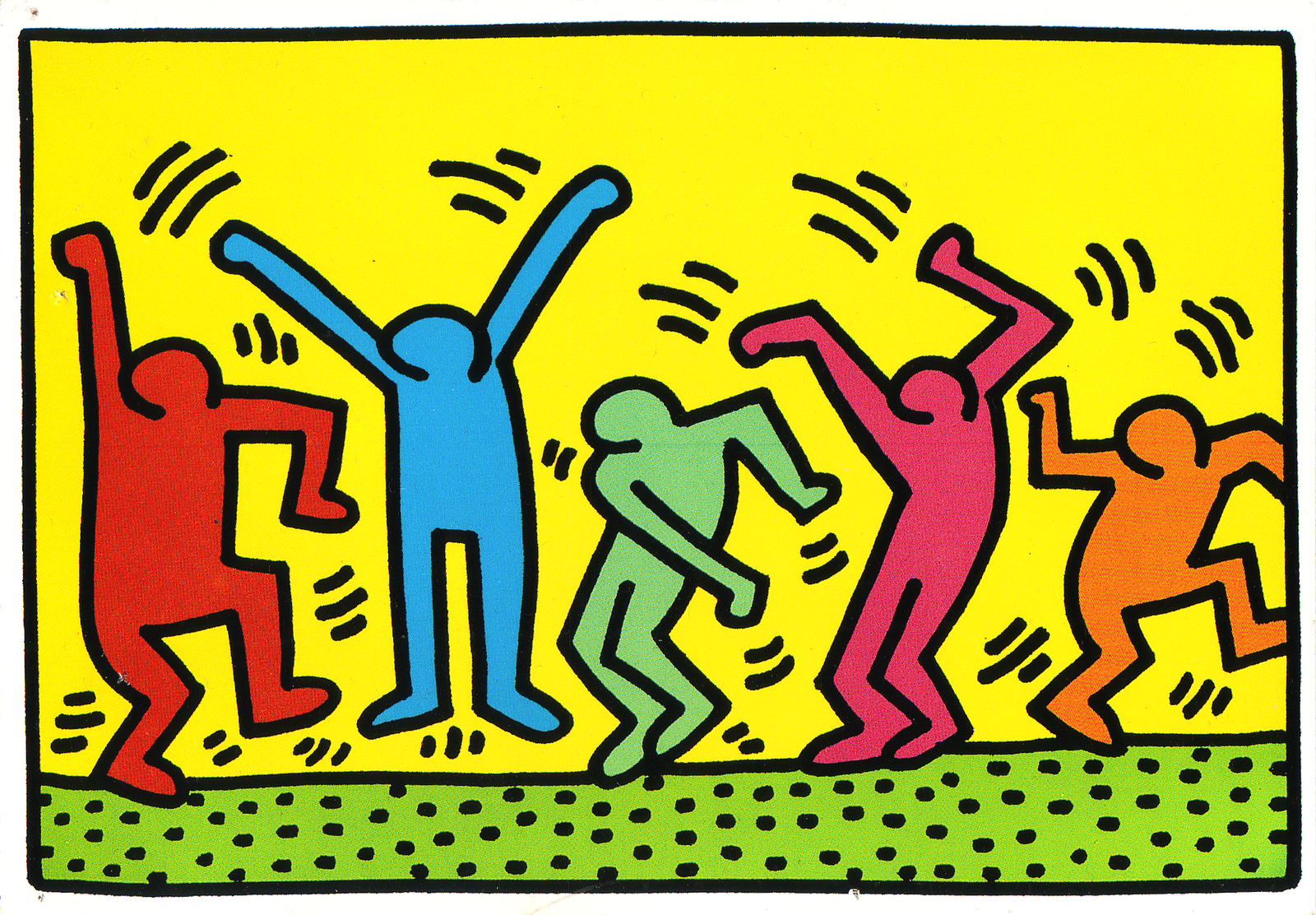First Graders are working on pinch pots right now; thinking about how to make pinch pots more interesting, I looked no further than the most popular "how to draw" book in my collection: Angry Birds. I wasn't sure how it would work with the first graders adding details with very little clay experience, but I could not be more impressed with my talented artists!
Students all had a small block of clay about the size of their hand, the pounded it into a ball with me presenting how to do this step by step in the front. After rolling the block into a ball, students pressed their thumbs into the middle, creating a small bowl shape. They kept pinching the sides til they had a nice thickness all the way around their pinch pot. After this step, I had students ball up a paper towel and stick it in the inside of their clay pinch pot (this helps the stability when they are adding details)
(Here a student is smoothing out the bottom of their pinch pot/top of their angry bird)
After students have their pinch pot smoothed out we come back into a big group and talk about the most important thing when making clay: Scratch and Attach! (Scratch and attach allows the clay to dry at an even rate and grips the clay together when the clay is in the kiln)
Students add details such as eyes, beak, hair, angry eyebrows using scratch and attach
student using a wooden tool to smooth out the cracks

Some pinch pots after one time through the Kiln
Students will paint them and they will go on display in the hallway.
















































